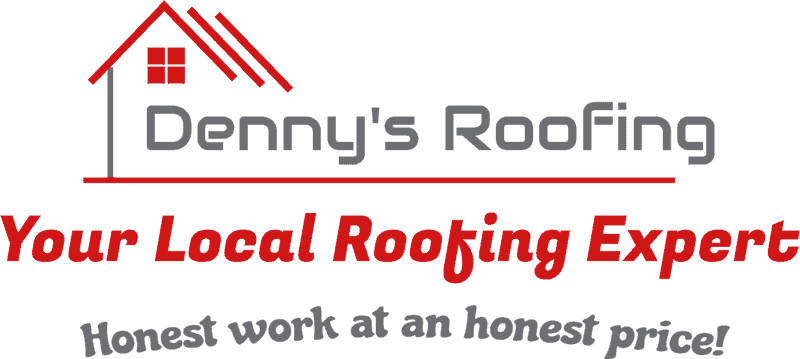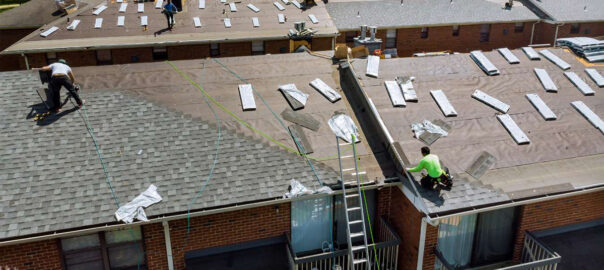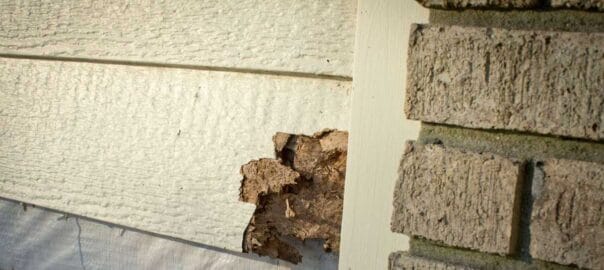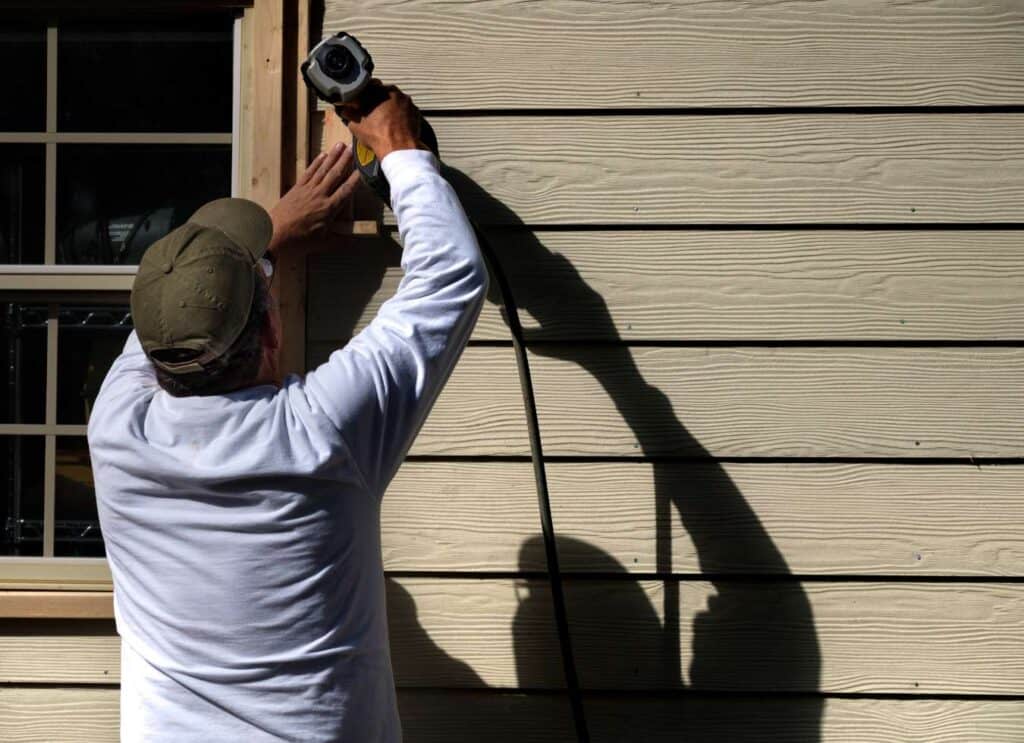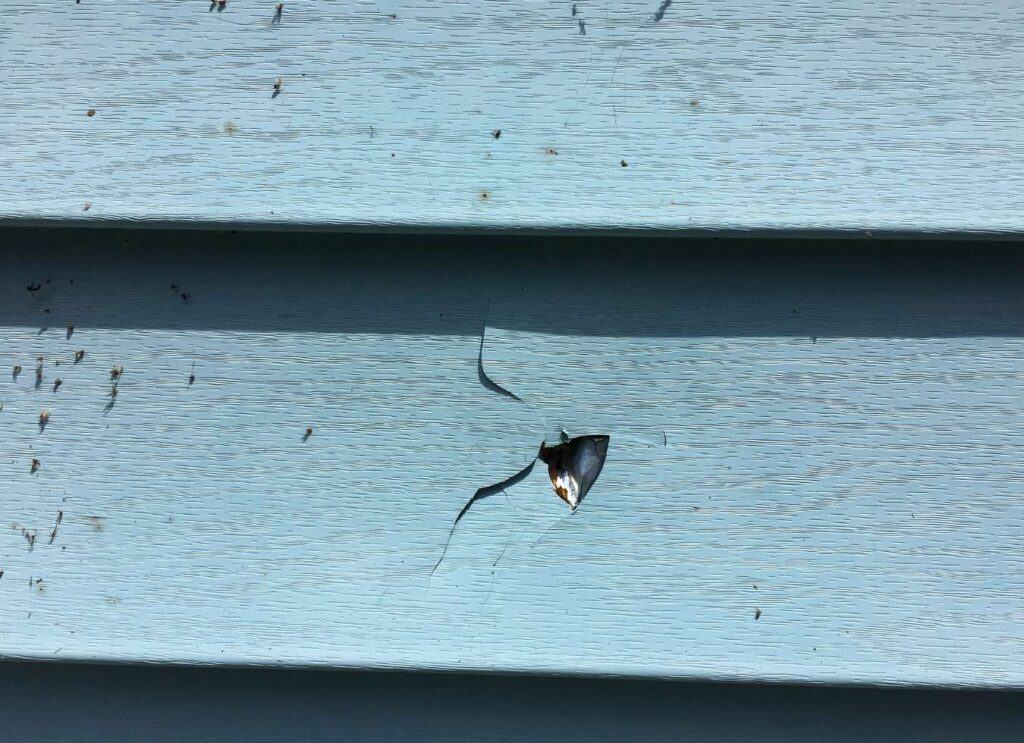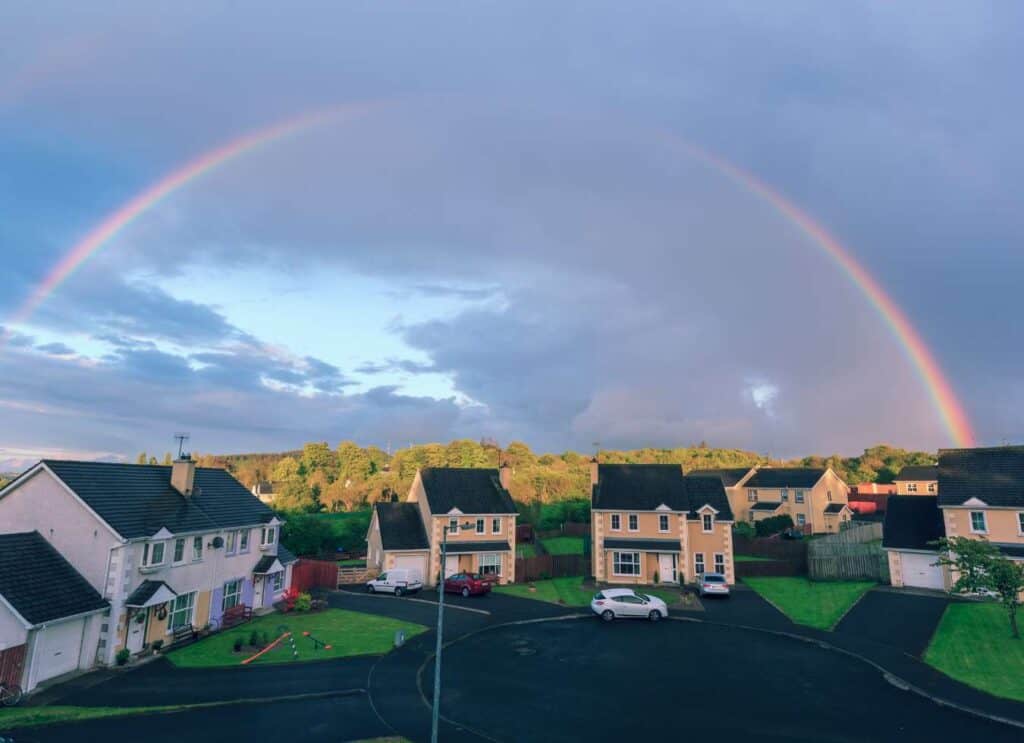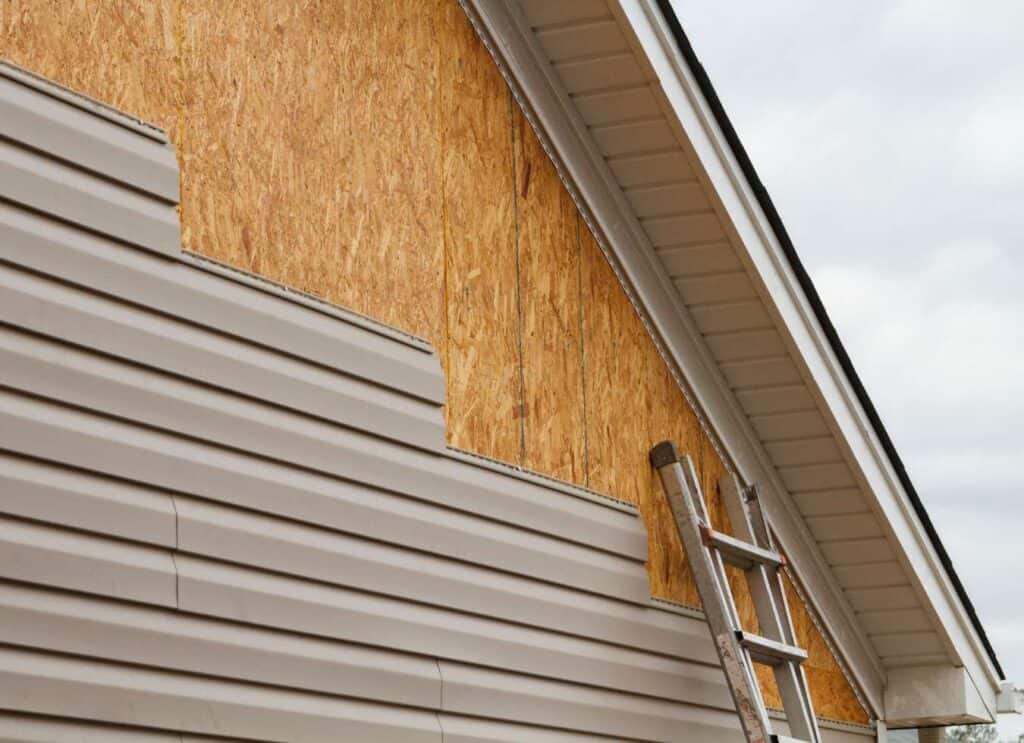So, you’re a Colorado homeowner considering replacing your roof, and you’ve got your eye on roofing shingles that last. 3-tab shingles. They’re cheap, essential, and have been around forever, just like the three-tab shingles. Well, you might want to pump the brakes on that plan.
Why? Because Colorado’s roofing codes have changed, and those trusty 3-tab shingles you might have seen on homes for decades are no longer up to code. And trust us, it’s not just because they’re out of style (though, yeah, they are).
Let’s break it down in a simple, fun, and slightly dramatic way. Energy efficiency is crucial when considering a new roofing installation. Cue the suspenseful music 🎶
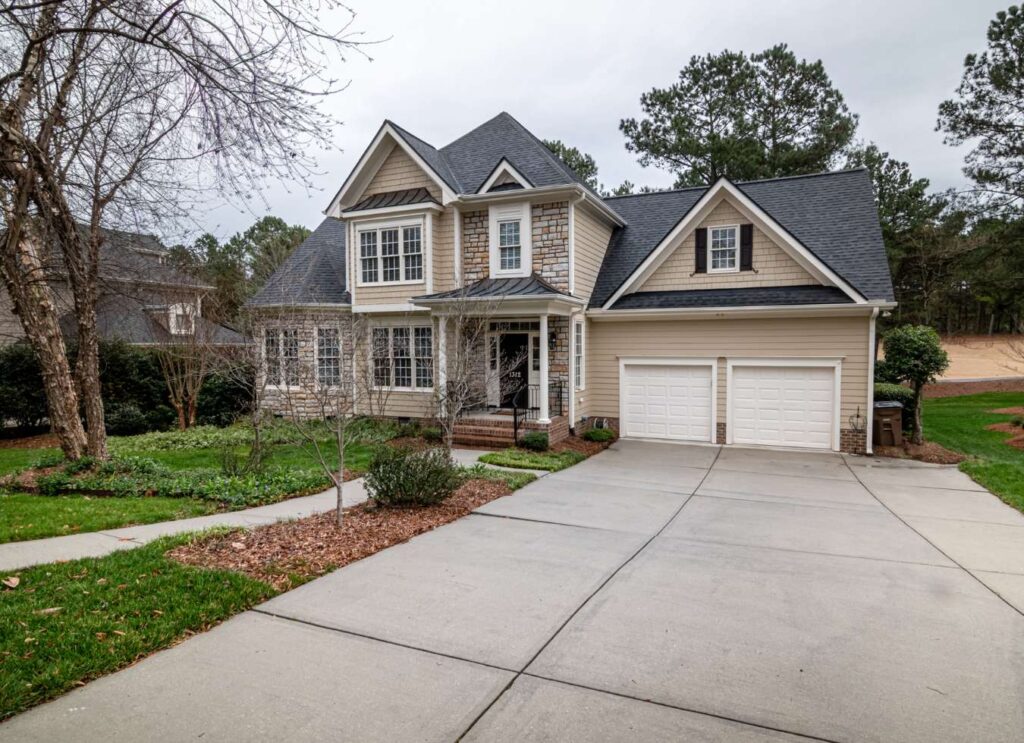
What’s the Deal with 3-Tab Shingles?
First, here is a quick refresher: 3-tab asphalt shingles are classic flat shingles that have three “tabs” in each shingle. They’re the OGs of roofing and are, or were, the go-to option for budget-conscious homeowners. You’ve probably seen them on homes built in the 80s and 90s, and they still get some love for their affordability and essential looks.
But here’s the kicker: a roof replacement can significantly improve your home’s energy efficiency. 3-tab shingles don’t hold up as well as the newer architectural asphalt shingles in extreme weather conditions, and let’s face it, Colorado’s weather is a full-contact sport. Between our hurricane-force winds, hailstorms, and snowpocalypse moments (looking at you, March and April blizzards), your roof needs to be more than just cheap—it needs to be tough.
Colorado’s New Roofing Codes: Not So Fast, 3-Tab
So, what exactly made 3-tab shingles a no-go in Colorado? The building codes were updated to protect better homes from the state’s unpredictable and harsh weather conditions.
- High winds: We all know how fast Colorado weather can go from sunny to “hold onto your hats!” With 3-tab shingles, wind can easily lift or tear the shingles off, leaving your roof vulnerable to leaks and damage. Those old shingles can be replaced with modern, energy-efficient roofing shingles, such as 3-tab shingles. Winds can get intense in places like Denver, Colorado Springs, and everywhere (hello, hailstorms).
- Hailstorms: Hail damage can be severe, so consider a roofing contractor for repairs. Let’s talk about Colorado’s infamous hailstorms and roofing companies. You might get lucky with the occasional softball-sized hailstone (no, we’re not kidding), but 3-tab shingles are too flimsy to withstand that kind of punishment. They crack, dent, and won’t last long enough to keep your home safe. The new codes ensure that roofs are built to handle hail up to 2 inches in diameter, a standard for areas with frequent storms.
- Summer heat: Energy efficiency in your roof installation can lead to significant savings. Did you know that roofing materials, like a shake roof, can impact how well your home stays cool in the summer and warm in the winter? The new codes concern energy efficiency, and 3-tab shingles aren’t cutting it. You need durable roofing materials, like metal or a shake roof. And help keep your energy bills down.
What Does This Mean for You, Colorado Homeowner?
Okay, what does all this mean if you were eyeing those 3-tab shingles as your roofing solution? Simple: It’s time to say goodbye to the old guard and make way for something more substantial, better, and Colorado-friendly.
But don’t panic! A roofing contractor can help you navigate your options. There are still plenty of excellent roofing materials to choose from that meet the new codes and still won’t break the bank. Let’s talk about a few options that won’t leave you out in the cold (or getting blown away by wind gusts):
1. Architectural Shingles – The Overachiever
These bad boys are thicker, more durable, and better at resisting wind and hail than 3-tab shingles. Plus, they come in various colors and styles, so you can still have a roof that looks great without sacrificing performance. Consider them the best choice for your home’s entire roof—high school valedictorian of roofing—competent, reliable, and affordable.
2. Metal Roofing – The Tough Guy
Want a roof that can withstand a hailstorm and a snowstorm and still look fabulous? Metal roofing is the way to go, especially if you want to replace a roof with something durable. Colorado’s weather might be unpredictable, but a metal roof doesn’t flinch. It’ll easily handle extreme temperatures, winds, and even those giant hailstones. Plus, metal roofs are energy efficient, so they’re great for keeping your home cooler in the summer and warmer in the winter.
If 3-tab shingles are used, they can withstand hail, wind, and even the occasional “snowpocalypse,” all while being part of a durable asphalt roofing system. If you’re considering this type of roofing, then think about a shake roof. Metal roofs are like Iron Man, a popular character, but a roofing contractor can help you with your home improvement needs. They are indestructible.
3. Synthetic Shingles – The Affordable Overachiever
Are you not quite ready to invest in metal? Consider 3-tab shingles as a budget-friendly option. No worries. Synthetic shingles, or composite shingles, 3-tab shingles, are another great option. These guys are made from materials that mimic the look of slate or cedar shake but with the durability and toughness of an asphalt shingle roof. Modern superhero. They can withstand hail, wind, and even the occasional “snowpocalypse,” ensuring your asphalt shingle roof remains intact and stylish. These roofing shingles can last up to 50 years, making them a worthwhile investment for your roof replacement. If you’re looking for something Long-lasting, roofing solutions are essential for any home improvement project. It is cost-effective and energy-efficient, and synthetic shingles are an excellent choice.
4. Wood Shakes/Cedar Shingles – Rustic and Reliable
If you want your home to have that woodsy charm and a classic look, wood shakes or cedar shingles are an option. They look stunning, especially in Colorado’s mountainous areas, and they can last up to 50 years with proper care. However, they require more maintenance, and the fire risk will increase in some parts of Colorado. So, check with your roofer and local codes before going this route.
We don’t recommend installing shake shingles any longer.
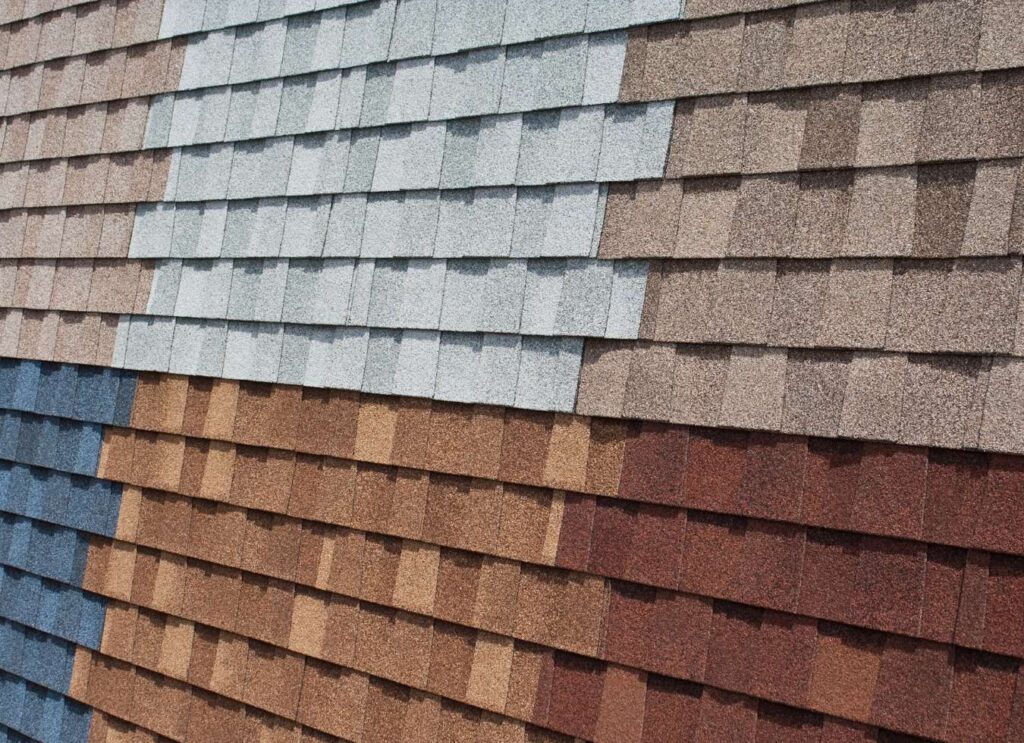
Other Popular Questions Related to Roofing and Siding
Q: Why can’t you use 3-tab shingles in Colorado anymore?
A: Using 3-tab shingles is discouraged in Colorado due to their inability to withstand severe weather conditions, including hail and high winds. These shingles are not as durable as other roofing materials, leading to frequent roof replacements and increased costs for homeowners.
Q: What are the alternatives to 3-tab shingles for a shingle roof in Colorado?
A: Alternatives include architectural shingles, metal roofing such as standing seam metal, and other high-quality roofing products that offer better durability and protection against Colorado’s harsh weather. These materials help protect your home more effectively than 3-tab shingles.
Q: How do I choose the best roofing material for my home in Colorado?
A: Consider factors like durability, weather resistance, and cost. Consulting with a professional roofing contractor can help you determine the best roofing materials for your specific needs and ensure a quality roof installation.
Q: Is a steel roof a good option for residential roofing in Colorado?
A: Yes, a steel roof is an excellent option due to its durability, longevity, and ability to withstand extreme weather conditions. It is one of the best roofing materials for protecting your home in Colorado.
Q: How does the climate in Colorado affect asphalt shingle roofs?
A: Colorado’s climate, which includes frequent hailstorms and high winds, can significantly impact asphalt shingle roofs, causing them to wear out faster than in milder climates. This makes choosing a durable type of shingle crucial for residential roofing in the area.
Q: Should I hire a certified roofing contractor to replace my roof?
A: Yes, hiring a certified roofing contractor ensures that your roof replacement is done professionally and meets local building codes. They can also recommend the best roofing products for your needs.
Q: What are the benefits of using architectural shingles over 3-tab shingles?
A: Architectural shingles offer better durability, improved wind resistance, and a more aesthetically pleasing appearance than 3-tab shingles. They are a more suitable option for handling the weather conditions in Colorado.
Q: How often should I have a home inspector check my existing roof?
A: It’s recommended to have a home inspector check your existing roof at least once a year or after major storms to identify any damage early and maintain the integrity of your roof and gutters.
Q: Can I install a new roof on my home or hire a professional?
A: While some homeowners may attempt a DIY roof installation, hiring a professional roofing contractor is generally advisable. They have the expertise to ensure a safe and effective installation, protecting your home from future issues.
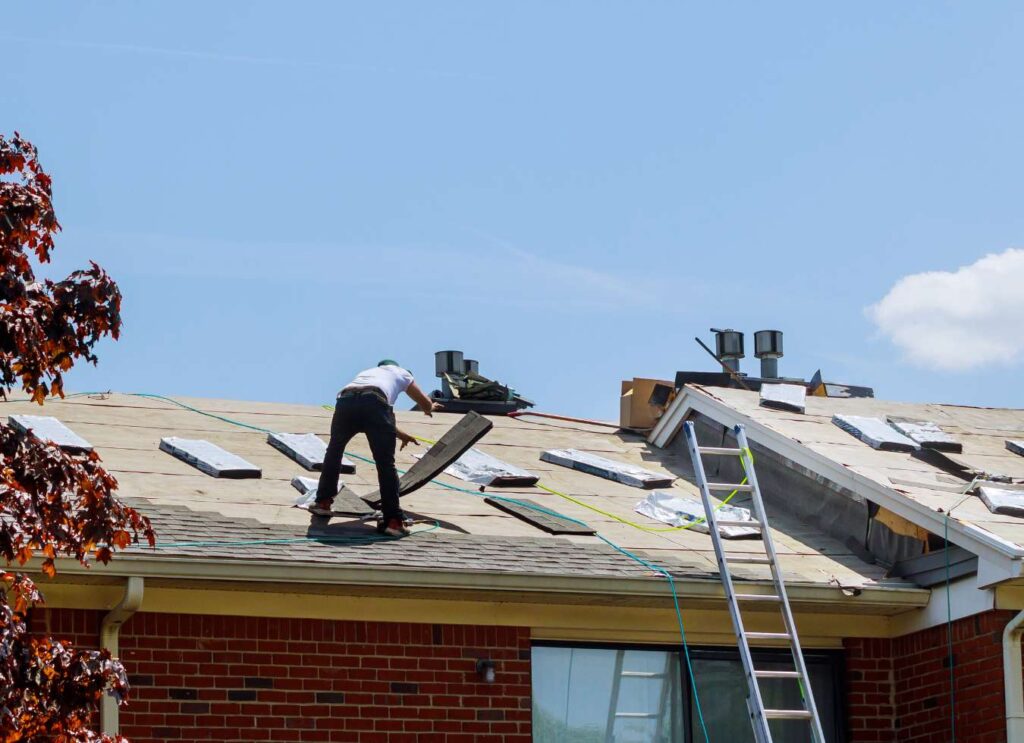
Is It Time for a Roof Upgrade?
The new Colorado roofing codes might seem like a sudden change, but they’re there for a good reason: to enhance the durability of your roofing shingles and keep your home safe and sound. So, if you’ve got an old roof with 3-tab shingles, it might be time to upgrade to something built for our crazy weather.
At Denny’s Roofing, we’re not just roofing experts but Colorado roofing experts. We know the ins and outs of local building codes and are here to help you navigate this change with the best roofing solutions for your home. Whether you’re upgrading to architectural shingles, metal roofing, or something else entirely, we’ve got you covered—literally.
If you have us replace your roof and don’t already have a Class 4 Impact Resistant (IR) Roof that can withstand much larger hailstones than materials from years past, we can give you a FREE UPGRADE! Certain insurance carriers can offer significant discounts if you file an insurance claim for roofing repairs.
Call us to find out more.
Do you have questions? Give us a call! Let’s ensure your roof is ready for whatever Colorado throws.
Denny’s Roofing – Keeping Colorado Covered, One Roof at a Time!
